How long does a dehumidifier take to dry out a room? Plus, the 5 things that can speed it up
You might be running it far longer than needed
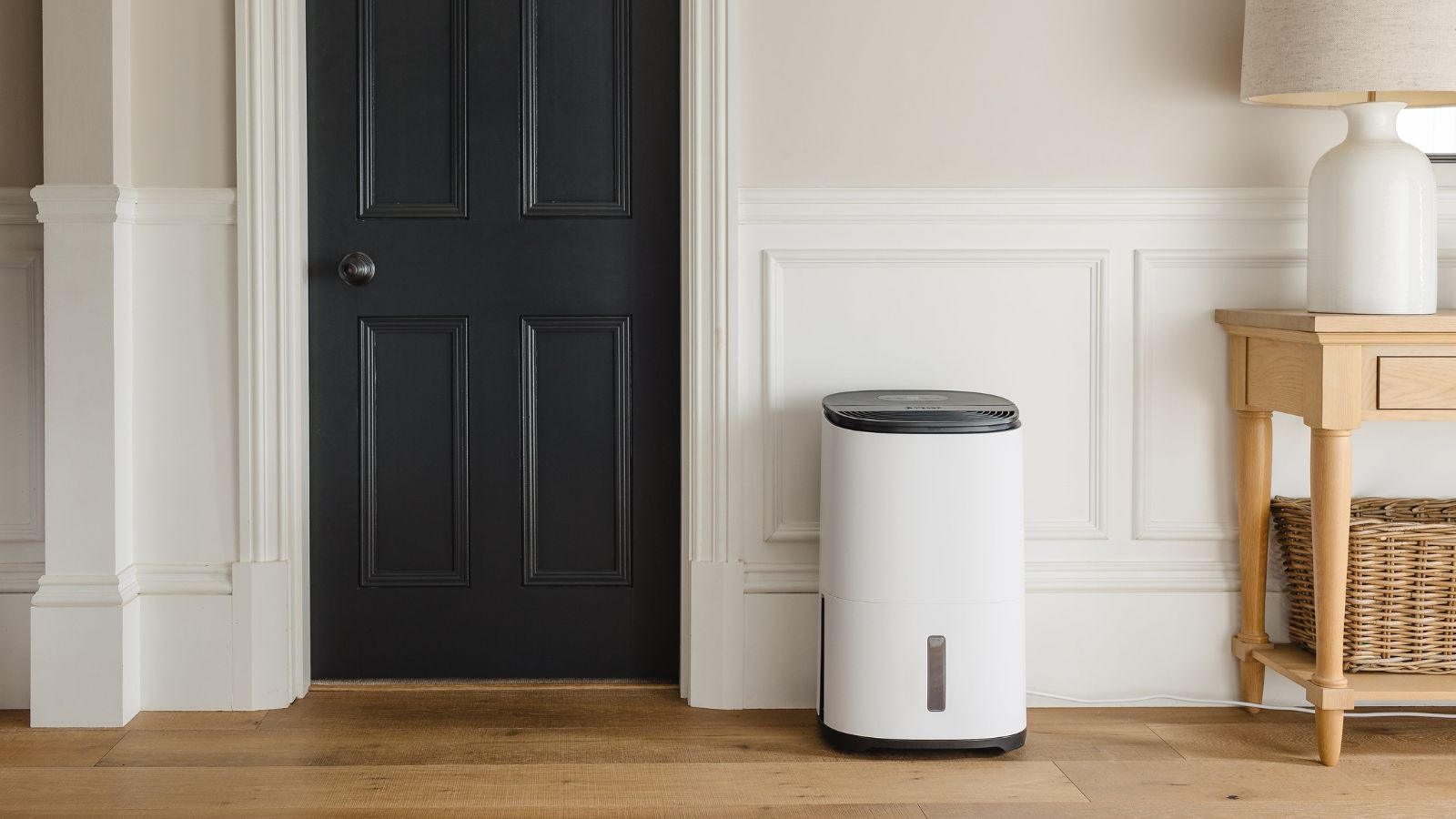

Dehumidifiers are worth their weight in gold when it comes to keeping your home comfortable, preventing mold and dampness, and drying laundry inside quickly and without musty smells.
But the winter months are already expensive, with energy bills often reaching their peak. Running a dehumidifier constantly will only add to this, so it begs the question, how long does it take for a dehumidifier to dry out a room?
Generally speaking, it should only take a few hours of continuous use for your dehumidifier to make a difference – but it can depend on several factors, making even the best dehumidifier work harder than necessary if not optimized.
How long does it take for a dehumidifier to dry out a room?
Brad Robson, HVAC expert and president at Aire Serv, a Neighborly company explains, ‘A properly sized whole-home dehumidifier will take from a few hours to a full day to regulate humidity levels, depending on the size of the space and humidity level when the unit is first installed.
'Sizing should take into consideration both indoor and outdoor humidity levels, square footage of the space, individual preferences, and fresh air infiltration (how tightly the home is sealed).’
The exact time it will take will change depending on five factors:
1. The size of the room
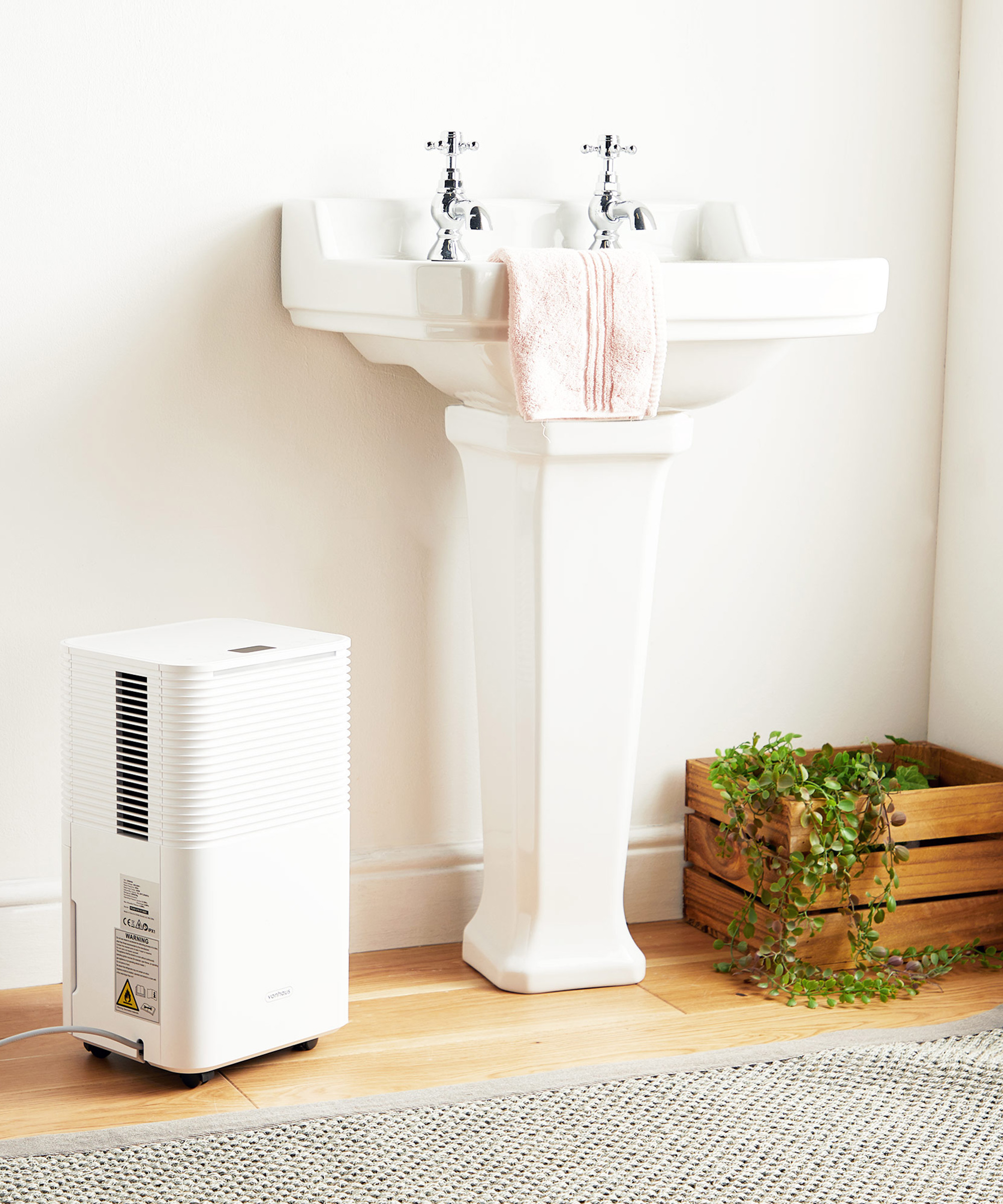
Glenn Wisemen, sales manager at Top Hat Home Comfort Services says, ‘The size of the room is a big factor because larger spaces naturally take longer to dry out.’
Design expertise in your inbox – from inspiring decorating ideas and beautiful celebrity homes to practical gardening advice and shopping round-ups.
One of the key things you need to know before buying a dehumidifier is the size of the room you need to dry out. The square footage will dictate the size and capacity of the dehumidifier you need. An open-plan space, for example, will take a lot longer to dry out than a small bedroom.
- Small rooms (up to 400 sq ft) need a compact dehumidifier that holds around 1.5 gallons of water.
- Medium rooms (400-1,000 sq ft) need a dehumidifier that holds one to three gallons of water.
- Large rooms (over 1,000 sq ft) need a more robust dehumidifier that holds more than three gallons of water.
- To work out the approximate square footage of a room, multiply the length of your room by the width. Keep in mind for very damp spaces, you may need a bigger dehumidifier.
2. The size of the dehumidifier
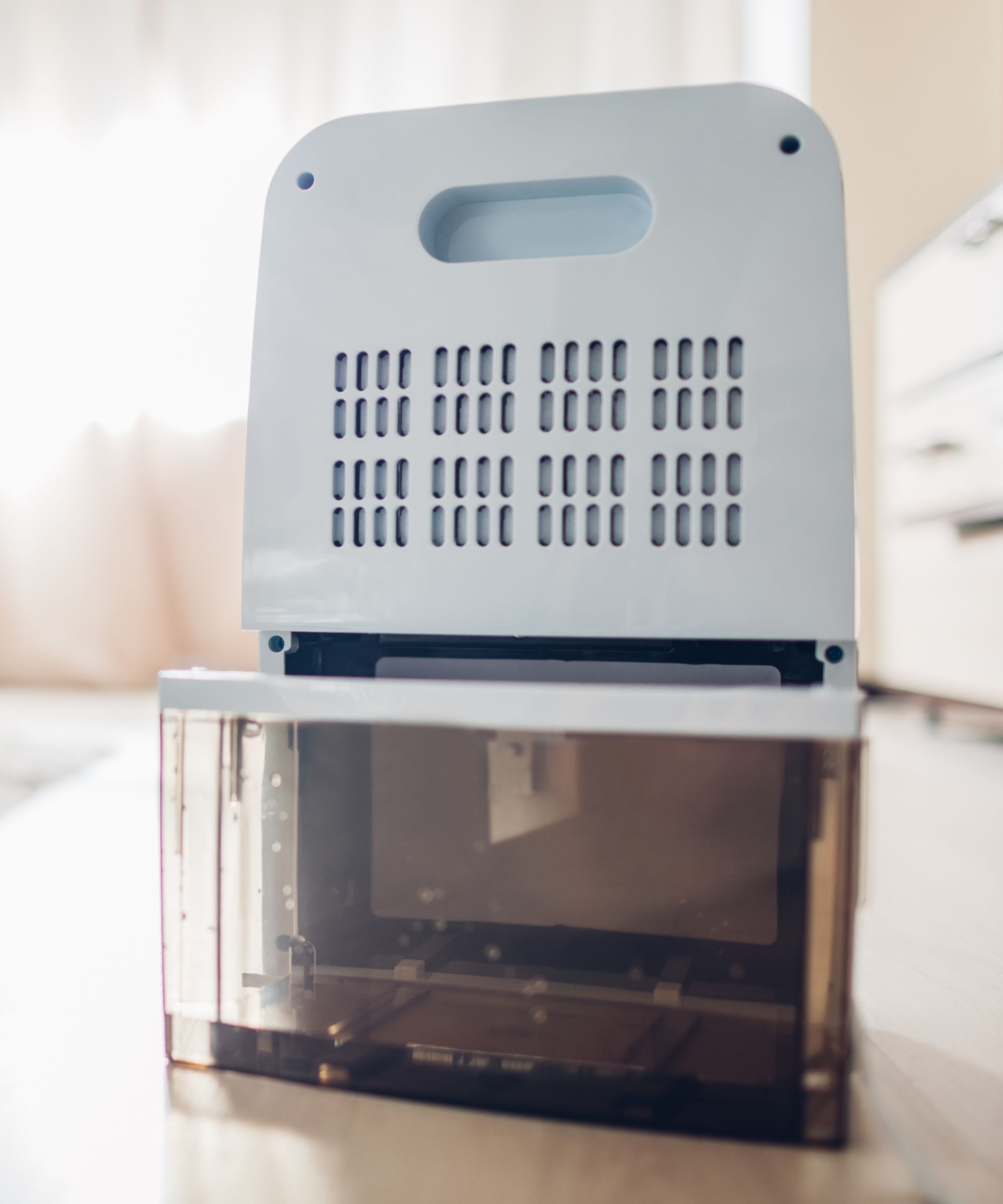
Picking the wrong size dehumidifier is one of the biggest dehumidifier mistakes people make may be the why the humidity is not dropping. If you have an extra large dehumidifier in a small room, it will suck out more moisture more quickly than a tiny or DIY dehumidifier in a larger room.
Glenn Wisemen adds, ‘Dehumidifiers work gradually, focusing on maintaining healthy humidity levels over time rather than delivering instant results,’ so it is generally better to get a larger dehumidifier if you are unsure.
3. The cause of the humidity

The cause of the moisture is arguably one of the main considerations when working out how long to run a dehumidifier and how to reduce your home’s humidity.
George Crew, owner of Chicago Construction Crew points out, ‘The source of the moisture is another key factor. If the moisture is caused by a leaky pipe or a water source, it may take a long time to dry out the room, especially if the underlying issue has not been resolved.
'On the other hand, if the humidity is high because of temporary rainy weather, the dryer will work faster and use less energy. Identifying and correcting the cause of the moisture will speed up drying and prevent future concerns.’
4. Your room’s temperature
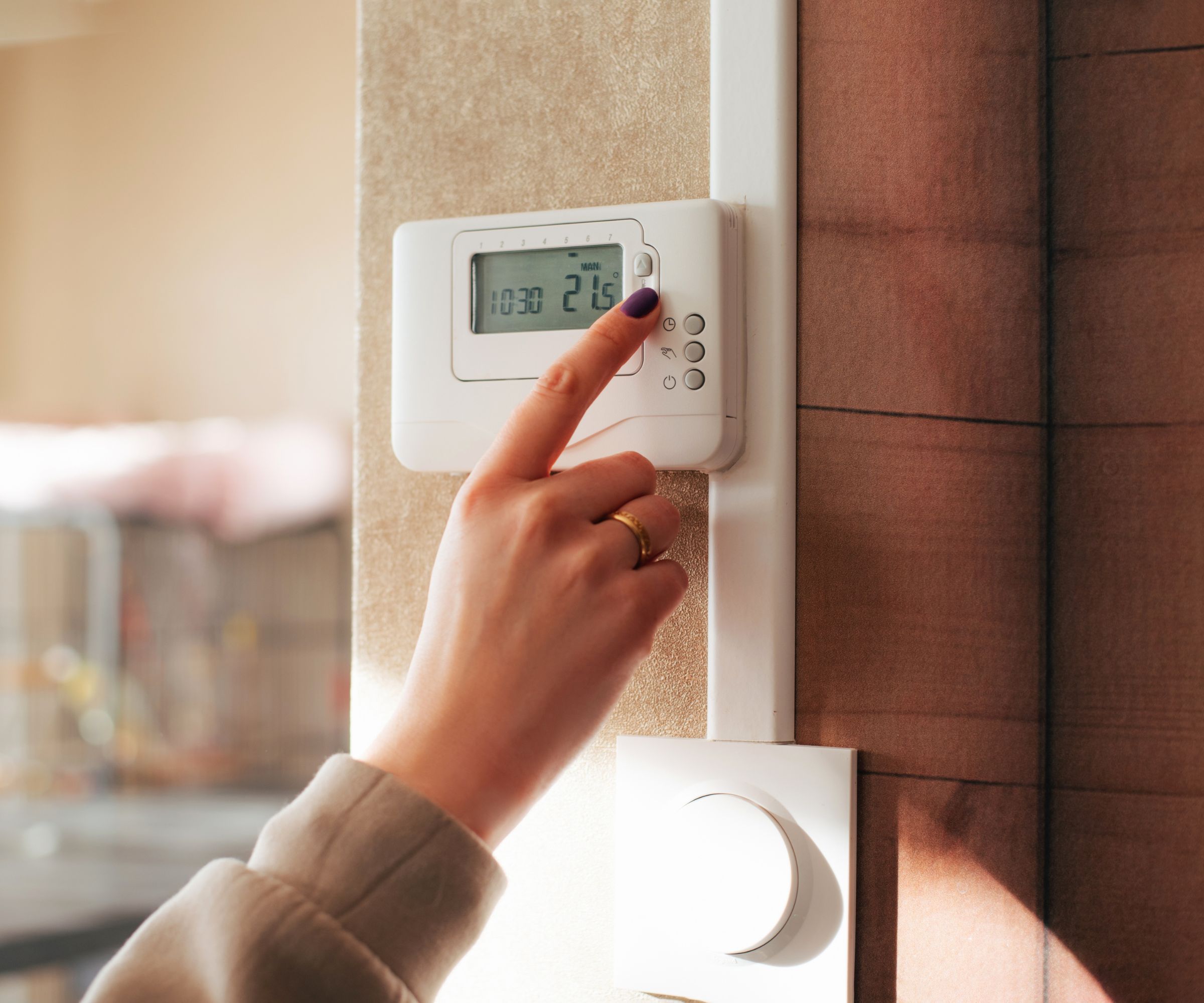
George Crew, contractor, adds, ‘Room temperature also affects how well the heater works. Illustrators work best in hot weather. If the room is too cold, especially below 65°Fahrenheit (18°Celsius), the coils inside the dehumidifier can freeze, reducing its effectiveness. For cold areas, it’s a good idea to invest in a heat-resistant unit to make it work properly, or find ways to keep a home warm all day.’
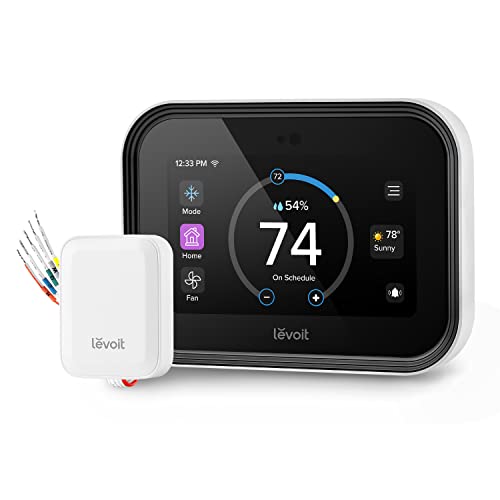
With customizable routines that conserve energy when you’re away and daily energy reports, you can create a greener home and reduce your energy costs with this smart thermostat.
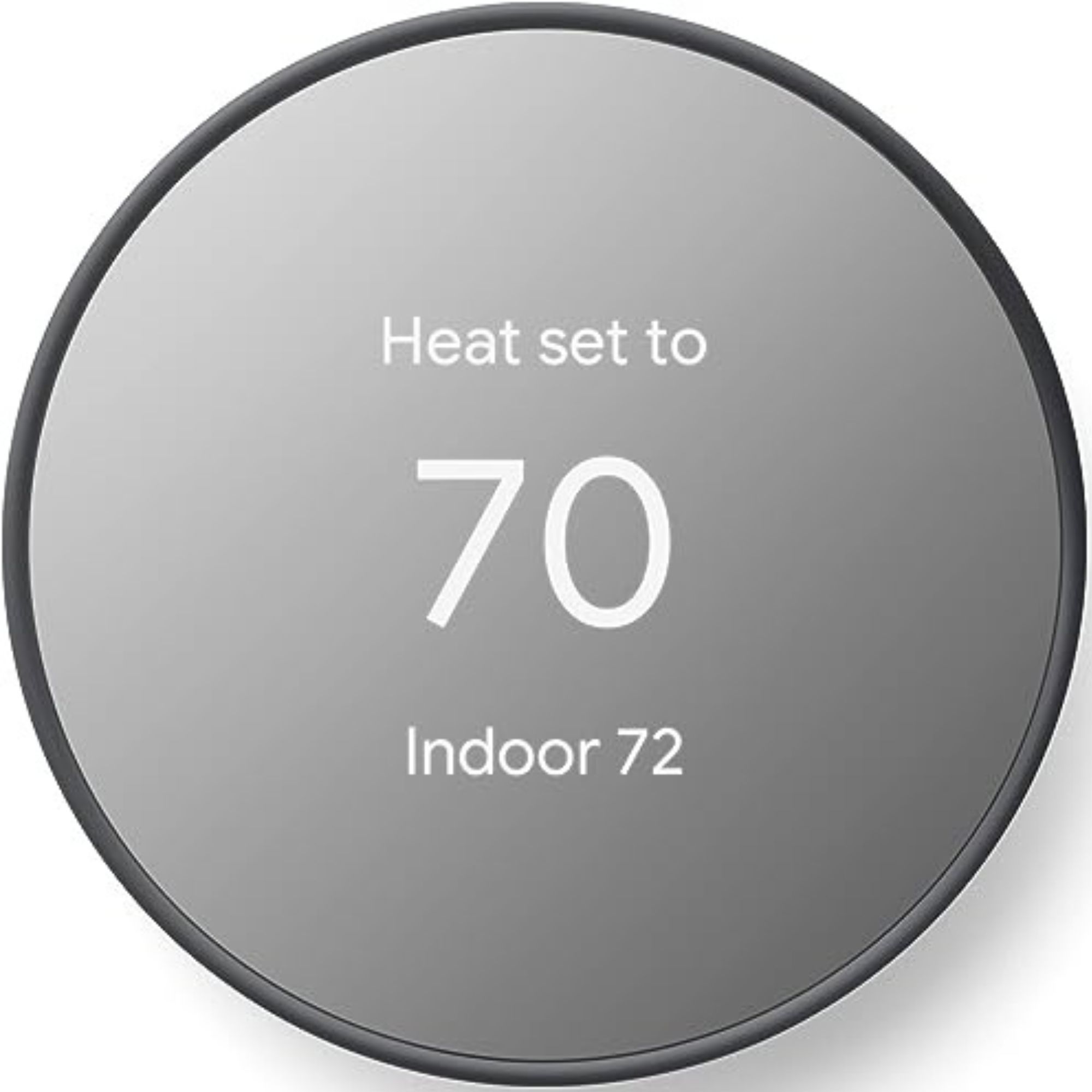
This smart thermostat works with both heating and cooling systems for greater temperature control year round.
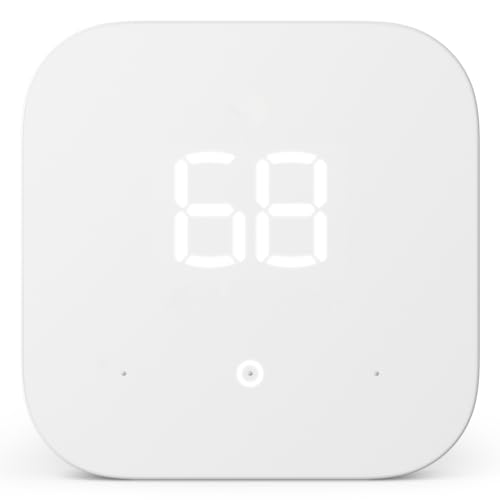
Compatible with Alexa and Ring security, this smart thermostat is perfect for integrating into existing smart home set ups.
5. Your home’s insulation

Insulation does more than keep a home at a comfortable temperature. Brad Robson of Aire Serv explains that the degree of fresh air infiltration (or how tightly the home is sealed) will massively affect how quickly a dehumidifier works.
If, for instance, you have air leaks around windows and doors in the room you are trying to dry out, moist outside air will continually add humidity as the dehumidifier draws it out, creating a constant cycle. That is why good draft-proofing tips are essential (and will help cut energy bills).
It should also go without saying that a dehumidifier will not work with windows open, either.
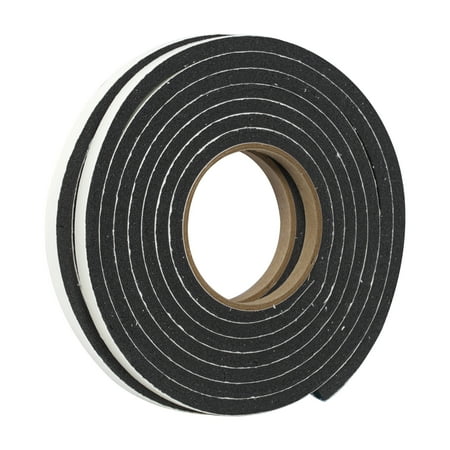
Foam weatherstrips adhere to the edges of windows and doors to provide tighter seals in frames to prevent drafts and air transfer.
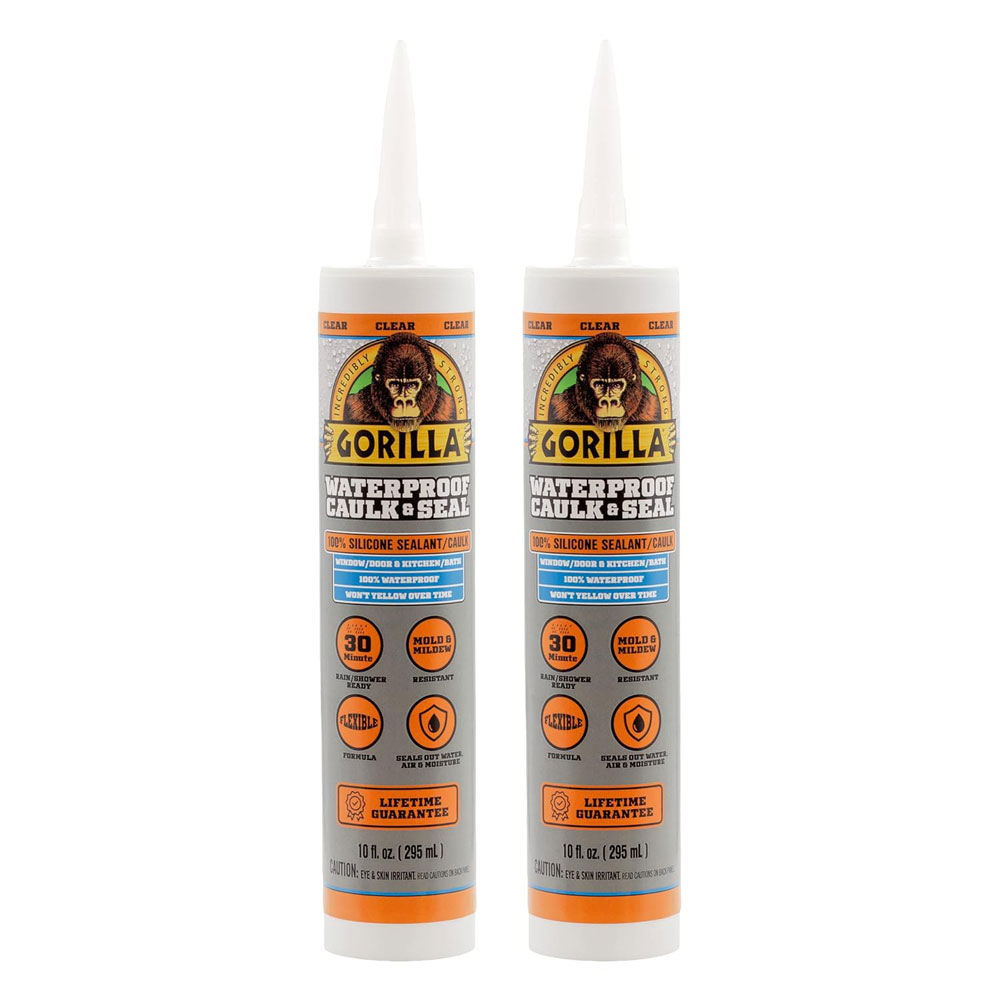
This caulk can be used both indoors and out, won't shrink, and is mold and mildew-resistant to help keep your home draft-proofed for longer.
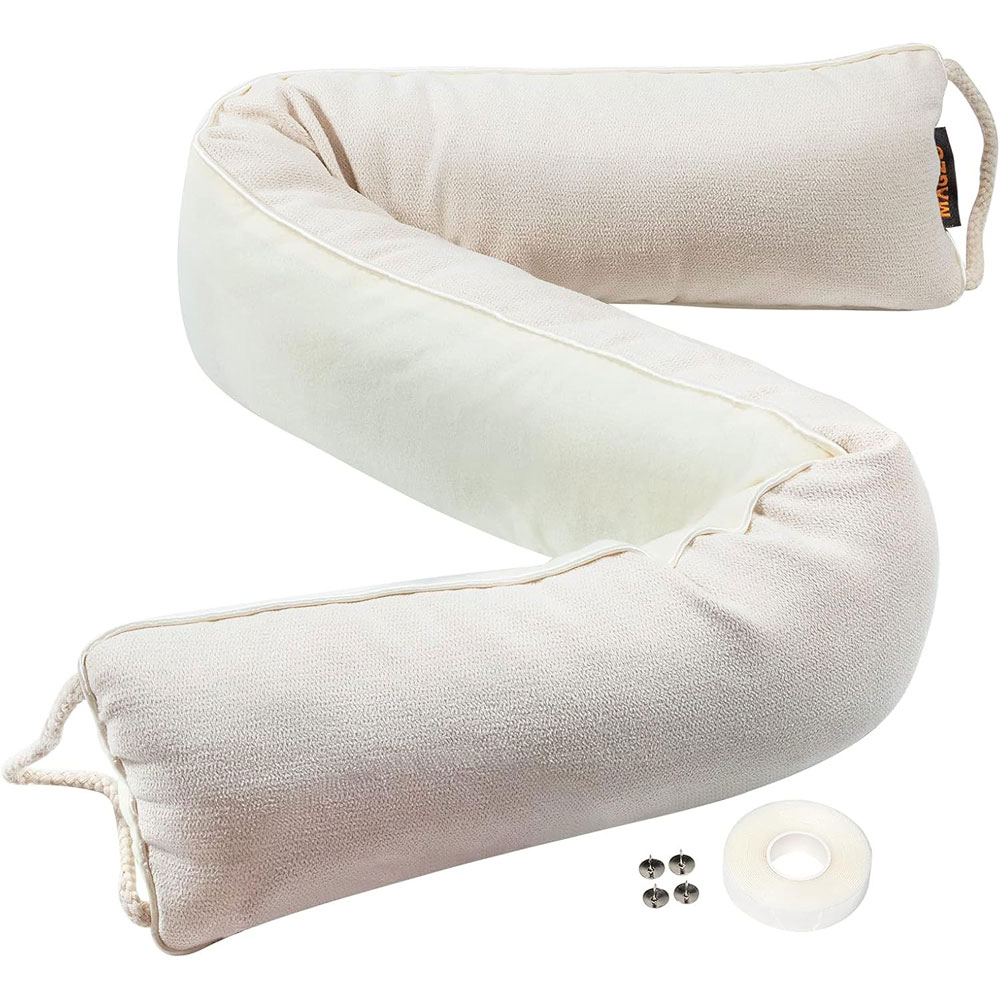
This machine-washable draft excluder is perfect for doors and windowsills.
How to pick the right dehumidifier for your home
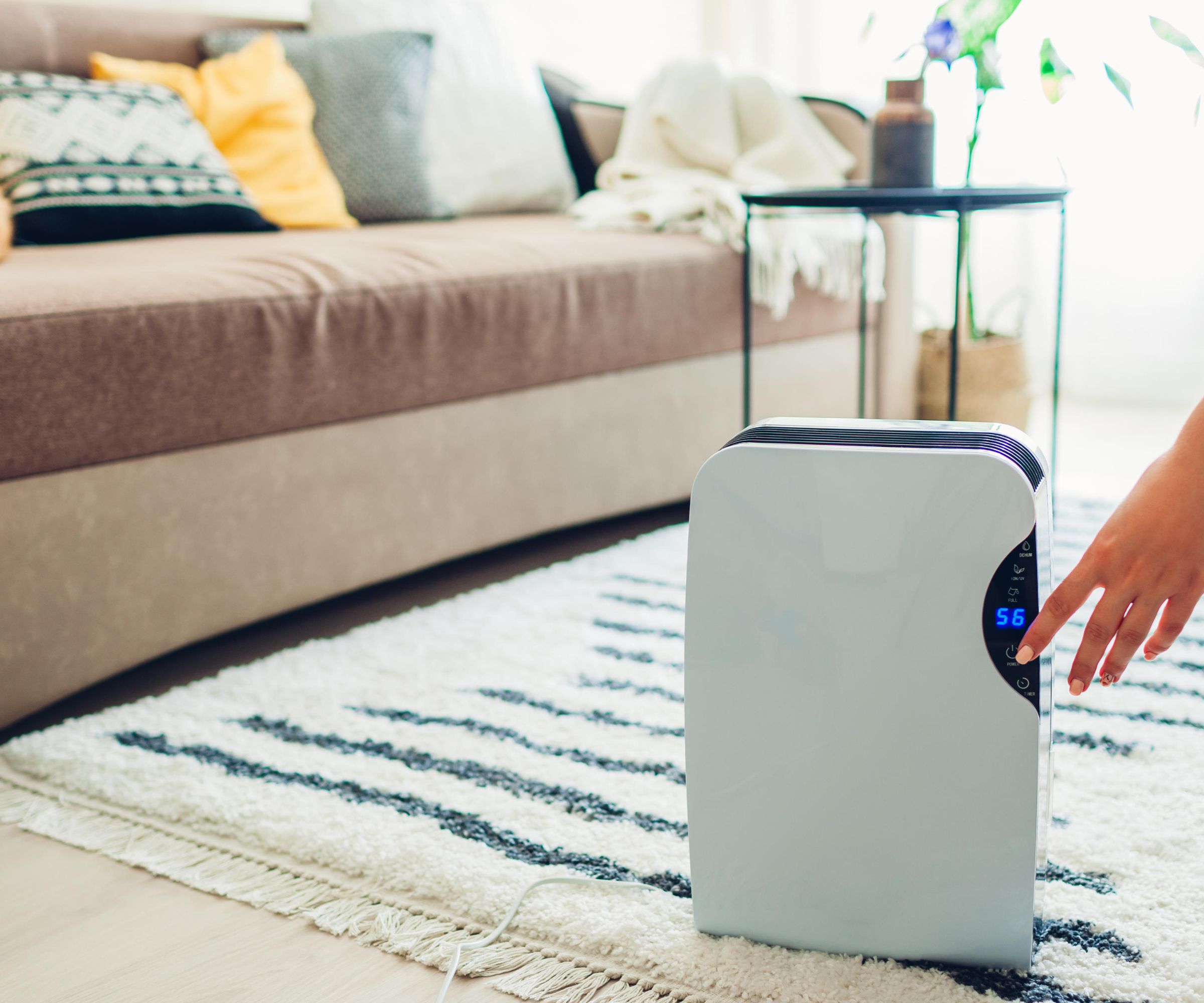
Picking the right dehumidifier for your home will therefore come down to a combination of the above factors.
George Crew says, ‘Choosing the right dehumidifier for your space requires consideration of the size of the room and the severity of the damp problem. If you are working in a small and slightly humid area, you will need a high-density model. For large or consistently wet areas, look for higher-end models with features like an integrated pump for continuous water collection.
‘You should also consider features such as automatic shut-off [so the dehumidifier will turn off after an allotted time, or when it hits the best humidity level for a home] adjustable humidity, and energy efficiency ratings to ensure effective use and long-term efficiency of the dehumidifier, especially if you are looking for ways to save money at home.’

Perfect for small spaces such as small bedrooms or storage units, this budge-friendly dehumidifier is as straightforward as it gets. It works great to get rid of condensation from windows.
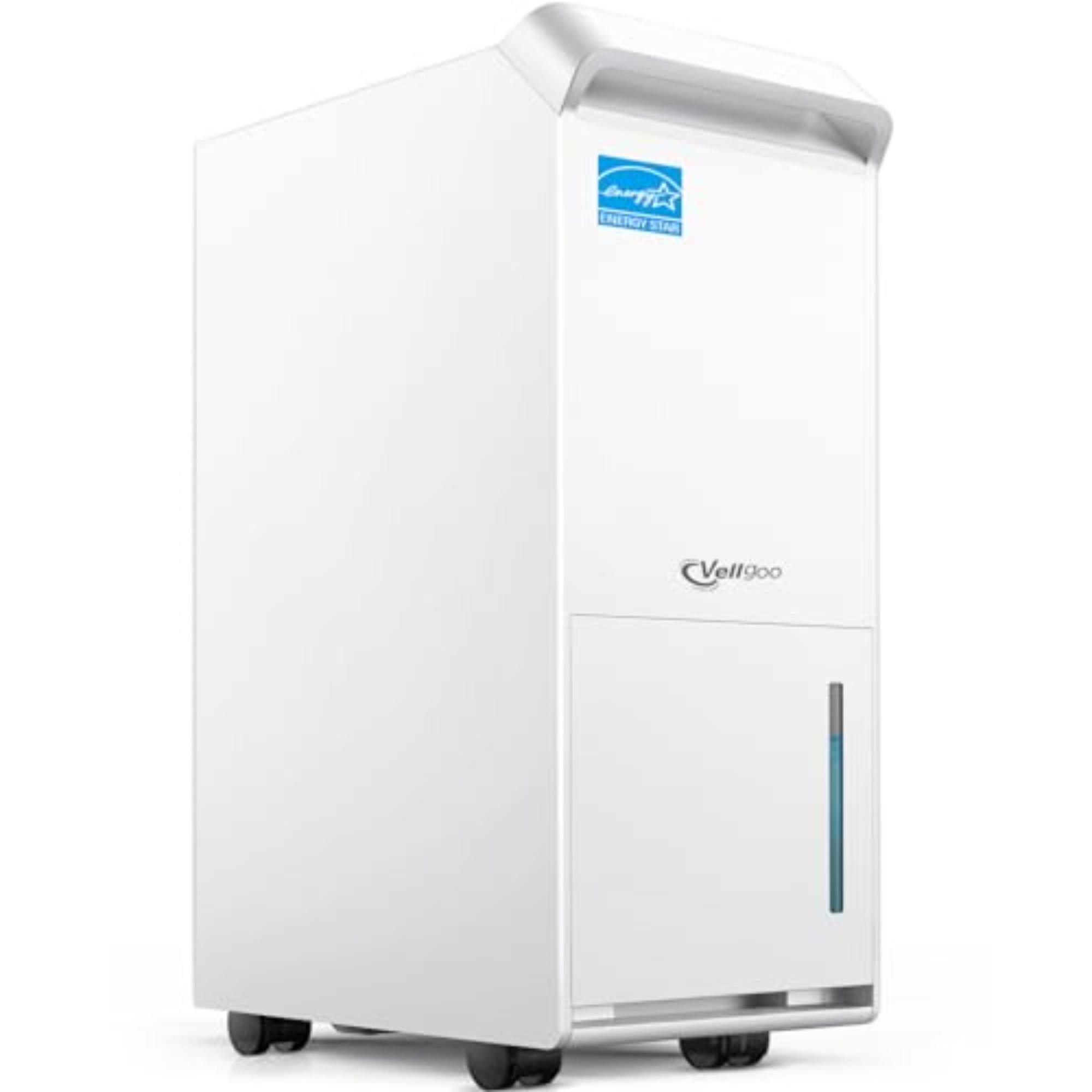
Available in five sizes, this top-rated Energy Star dehumidifier is great for large spaces and whole homes. It also has an auto-run feature so it will only turn on when your home reaches a set humidity, switching off when your desired level has been achieved.

This dehumidifier is touted to remove up to 60 pints of water from the air per day, with three fan modes to help remove moisture and maintain a healthy humidity level.
It is also important to find the best place to put a dehumidifier for optimal effectiveness, whether you are using a dehumidifier to help with mold at home, or drying clothes indoors in winter.

Chiana has been at Homes & Gardens for two years and is our resident 'queen' of non-toxic living. She spends most of her time producing content for the Solved section of the website, helping readers get the most out of their homes through clever decluttering, cleaning, and tidying tips. She was named one of Fixr's top home improvement journalists in 2024.